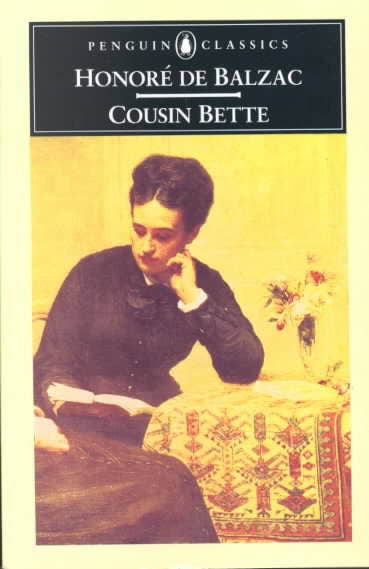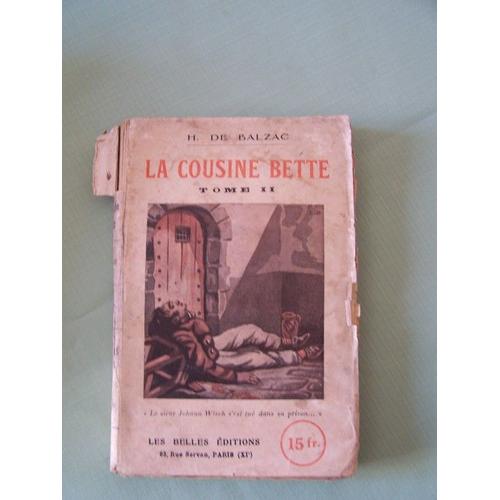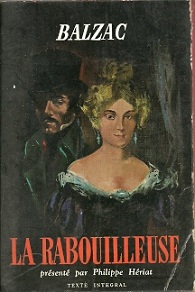

His counterpart Valerie Marneffe uses her sexual allure to achieve a rich and comfortable life in the upper echelons of society. The main character Hulot is an example of sexual obsession, who ruins his family in his pursuit of courtesans and young girls. It is quite clear from this novel that Balzac sees the principal forces driving his characters as their desire for sex and money, quite apart from their social climbing and a taste for sumptuous living. These titles were removed in later editions in order to save space – but they make the novel much easier to read, and offer an additional level of entertainment. It is worth noting that his original text was split into short scenes, each of which was given a descriptive and sometimes ironic title (‘A third father for the Marneffe child’). See entries for 8 October to 3 December 1846. These are still available at Le Constitutionnel online archives (in the original French). He never saw his work until it was published, and he had to write feverishly in order to stay ahead of the daily instalments.

Instead he sent his instalments directly to the newspaper editor. In fact he abandoned his usual practice of editing his work on printers’ proof copy.

Balzac wrote the whole of Cousin Bette in only two months – an astonishing rate of literary production, even by his normal standards. The novel began life as a long story called Le Parasite (an ironic reference to Bette’s role in the family) and from the start it was seen as a companion novel to Cousin Pons which appeared the following year. A year later it appeared as Volume XVII in the definitive Furne edition of Balzac’s collected works, given the title La Comedie Humaine. In 1847 the novel appeared in book format, published by Chlendowski. This was a newspaper featuring commerce, politics, and literature. La Cousine Bette (full French title) was first published as a serial in La Constitutionnel in 1846.

The setting is upper-class society in Paris, most of whose inhabitants are ruthless social climbers, wallowing in financial corruption, adultery, and a world of polite hypocrisy. It is an action-packed story that deals with all his favourite themes – financial greed, sexual desire, and the drive for social status – plus some spectacular examples of successful and failed revenge. Tutorial, commentary, study resources, web linksĬousin Bette (1846) is often regarded as the greatest of Balzac’s many novels and stories.


 0 kommentar(er)
0 kommentar(er)
